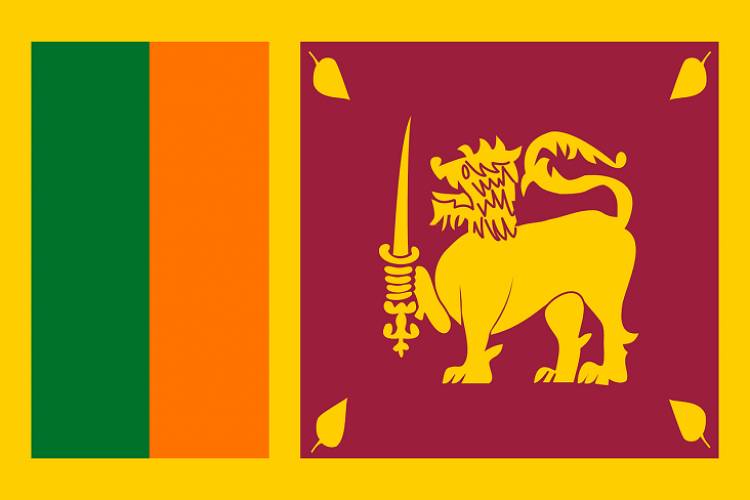Sri Lankan Crisis

Angry protesters in Sri Lanka stormed the Presidential Palace while President Rajapaksa fled the palace to a safe location. A Coalition of parties will form an interim government and negotiate with the IMF to get a credit line. The Army believes that the current crisis can be solved with people;s support.
What happened in Sri Lanka?
Sri Lanka depends on export income and tourism income for its economy. Sri Lanka used to export tea, coffee, garments and spices which contributed to the GDP. This export income was used to import food items. crops. That money was used to import essential food items. For BOP payments, it depended on IMF credit whose restrictions caused it to deprecate its currency.
With imports becoming costlier despite exports rising, the country started piling up debt. Most of this debt came from the IMF, Japan, ADB & China. The creditors restrictions affected the economy while debt kept piling up. Sri Lanka had a booming economy till 2010 since when the current deficit started increasing and exports started declining. Exports then started declining in 2010 and the pandemic caused huge issues. Sri Lanka built up $51 Bn of Debt. It did not have foreign exchange reserves to meet interest payments. Japan, ADB & China are its biggest creditors. China accounts for 10% of the debt. Rajapaksa’s closeness to the Chinese had China financing large projects, many of which did not work out. Sri Lanka had to give up 2 ports, Hambantota Colombo and thousands of acres on lease to China for 99 years.
It had a vibrant middle class and tourism was booming. Terror attacks in 2019 killed 260 people. This hurt tourism. In end of 2019, Sri Lanks was comfortably placed with nearly $7.6bn in foreign currency reserves. Pandemic & lockdowns followed. They dealt the biggest blow with tourism entirely drying up for almost two years. By march 2020, forex reserves had fallen to $1.93 bn. In order to cut down on deficit, it banned fertiliser and tried to make the island nation an organic nation. It takes 3-4 yrs for organic farming to yield results since the soil needs to get strengthened and then only the yield starts coming in. The country could have done this in phases. This would not have resulted in crop yield coming down further hurting exports. With more imports than exports, the deficit widened.
Sri Lanka government instead of boosting revenues resorted to huge tax cuts which were reversed later but the damage was done. The Ukraine war pushed up food prices globally. The Sri Lankan rupee has weakened to 360 rupees to the dollar making costly imports even more costlier. Inflation is at an all time high. There is fuel and food shortage. India has helped by sending millions of tonnes of fertiliser to Sri Lanka and extending a credit line. Sri Lanka in may 2022 defaulted on its debt leading to the present crisis, shortages of food and fuel in the country.
IMF Package at this time might be full of restrictions which will hurt the economy further and especially the common man already suffering high inflation and shortages of food. Sri Lanka has a long way to go to recover.


























Comments (0)
Facebook Comments